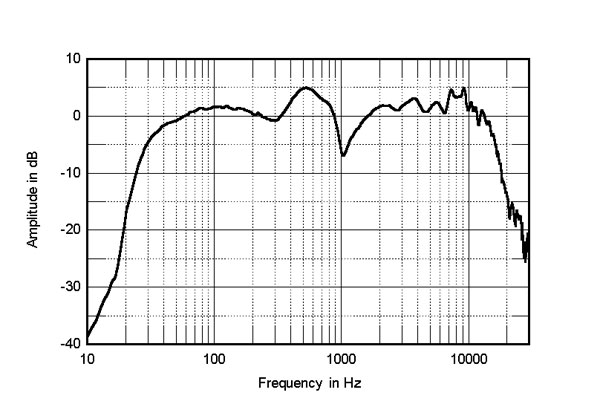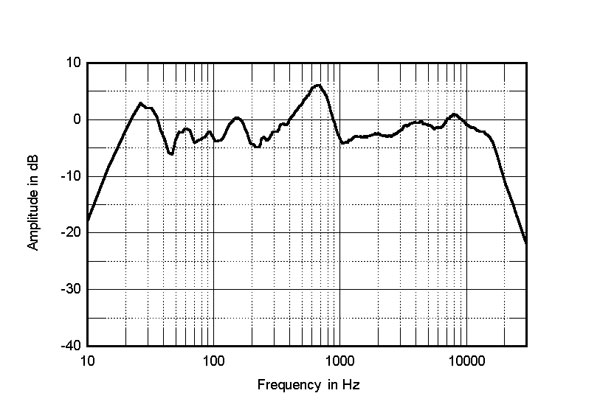Detection threshold depends on spectrum of distortion and not just its total. This is why I show the FFT spectrum in every review and don’t just quote this number. Sadly no manufacturer I know shows the spectrum of any distortion so one must measure to have the data to analyze.
Note also that SINAD includes both distortion and noise. Invariably products that have high distortion also have less than ideal noise figures. And noise can easily be audible in sensitive tweeters and when music is not playing (i.e. masking doesn’t apply).
As to 1% THD being enough, that relies on masking and listener abilities/training. There is no straightforward research to tell you what to aim for. Fortunately we can get DACs that have vanishingly low distortion that is below threshold of hearing in the absolute. That is no analysis of masking is needed. Since these DACs have very reasonable cost anyway, there is not reason to buy high distortion DACs.
I don’t know why anyone would be in the market for a $5,000 DAC on basis of performance and hence “R&D.” It is almost a rule that the more you, the worse the distortion and noise. Check out this $6,000 PS Audio DSD DAC for example:
We have distortion spikes that are well above noise floor of CD (96 dB) for heaven’s sake. Its noise floor is above that as well:
This is how its combined noise and distortion compare to a $250 DAC&Amp from Topping:
It gets even worse if you sweep frequencies:
Here are my subjective impressions for what it is worth:
"I started the testing with my audiophile, audio-show, test tracks. You know, the very well recorded track with lucious detail and “black backgrounds.” I immediately noticed lack of detail in PerfectWave DS DAC. It was as if someone just put a barrier between you and the source. Mind you, it was subtle but it was there. I repeated this a few times and while it was not always there with all music, I could spot it on some tracks.
Next I played some of my bass heaving tracks i use for headphone testing. Here, it was easy to notice that bass impact was softened. But also, highs were exaggerated due to higher distortion. Despite loss of high frequency hearing, I found that accentuation unpleasant. With tracks that had lisping issues with female vocals for example, the DS DAC made that a lot worse."
You honestly think this kind of “R&D” needs to be paid for? They reinvented the DAC but got it wrong.
Sorry what? If they have controlled listening tests that shows their DAC to a) sound different and b) to sound better than another DAC, they would not want to disclose that? For what possible reason? There is nothing but goodness in putting such information in their marketing material. There is proof of this in how Harman through its Revel speaker line documents such:
“The performance of Revel Concerta™ on-wall loudspeakers has been extensively evaluated in a variety of on-and near-wall installations through blind listening tests in the Revel Multichannel Listening Lab. … None of the competing systems tested under identical conditions performed as well. Remarkably, Revel engineers could not identify a single competing on-wall system they considered suitable for on-wall use, based on either laboratory measurements or double-blind listening tests.”
Are you saying Harman is giving away some secret here by disclosing that they perform double blind tests like this?
To be clear, I am perfectly good if a DAC cost thousands of dollars if a) it had state of the art measurements and b) had superb build quality and looked great. A couple of years ago I tested a $20,000 DAC that had amazing build but testing showed clear bug in implementation of ESS DAC that even $100 DACs have fixed.
So definitely disagree. Showing measurements used to be the standard in 1970s and 1980s. Not only were companies not afraid of showing such specs, but they would go through extensive documentation in their marketing material to explain how they achieved it. Patents can be used to protect the design.
We need transparency both in performance and specifications. There is no defense for doing otherwise. We can’t being asked to spend literally thousands of dollars on a story and fantastical marketing.


